Sky and DSO White Balance Tests
Posted: 4 March 2021
This article discusses Nikon D850 DSLR White Balance tests I did in October 2020 at Cassiopeia Observatory. Using a standard white balance value makes it easy to adjust the sky background in the final image during post-processing. I had begun to wonder if my sky color temperature had changed over the years. Why would my sky color temperature have changed? Three likely causes: (1) the increase in LED lighting (usually at the bad color temperature of 5000K), (2) particulates in the sky from all the wildfires over the past few years, and (3) a decrease in precipitation to "wash" the atmosphere. I took several sky photographs and prime focus images at various color temperatures to see what I liked best and to establish a baseline to use in future years for comparison.
I set up the D850 DSLR with a 24-70mm lens on the observatory patio.
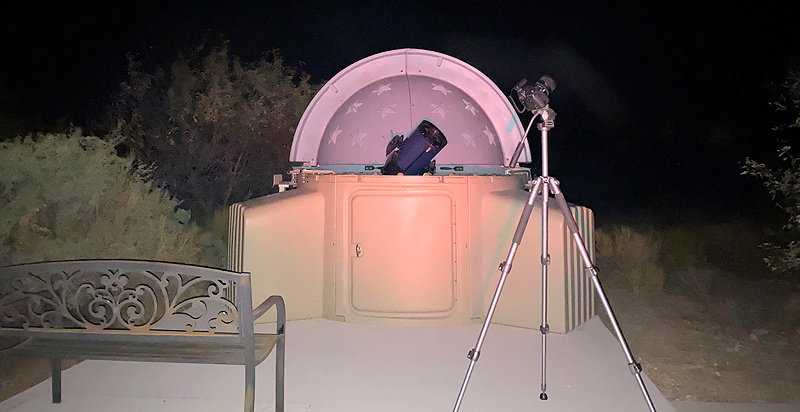
I did untracked f/2.8, 30 seconds, FL 24mm, exposures at various White Balance settings. These are the resulting images with the WB noted.

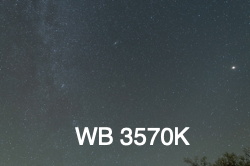
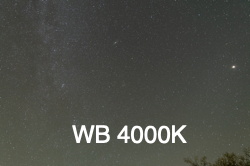
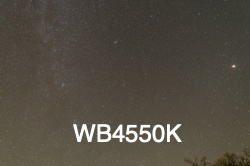
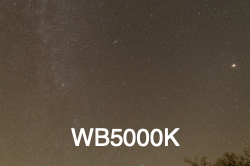
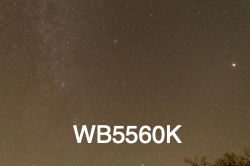
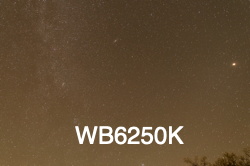
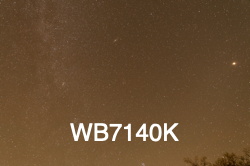
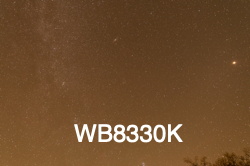
For sky photography I will generally use a White Balance of 4000K.
I used M27 (Dumbbell Nebula) as a test Deep Sky Object (DSO) for the D850 DSLR prime focus tests.
These are 5 minutes, ISO 4000, exposures at various White Balance values.
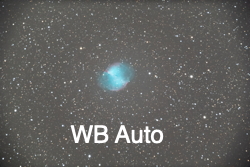
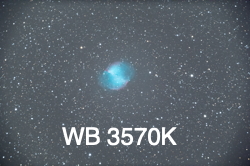
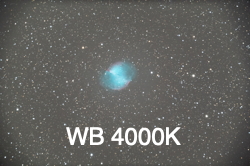

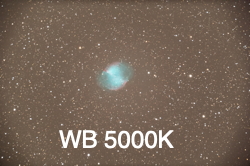
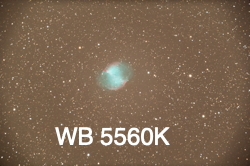

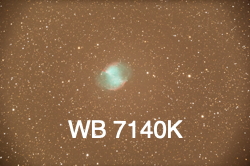
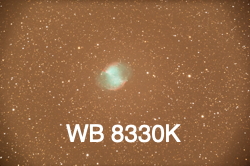
For prime focus imaging I will generally use White Balance 4000K.
Comments are welcome using Email. Twitter users can use the button below to tweet this report to their followers. Thanks.
Cassiopeia Observatory Home Page
Copyright ©2021 Michael L. Weasner / mweasner@me.com
URL = http://www.weasner.com/co/articles/White_Balance.html

